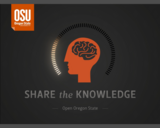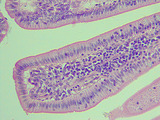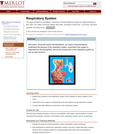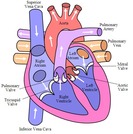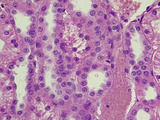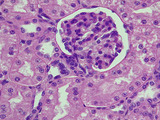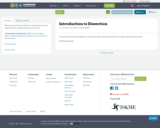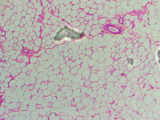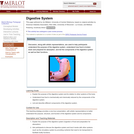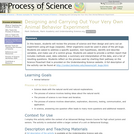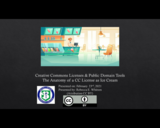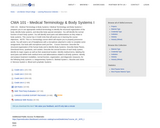
Medical Terminology and Body Systems I prepares you to use appropriate medical terminology to identify the structural organization of the body, identify body systems, and describe body special orientation. You will identify the normal function of each body system. You will identify word parts and abbreviations as they relate to body systems. This course has 4 Credit Units that will assist you in learning the course objectives.
NOTE: This is a Terminology course which will require you to properly pronounce words. You will need a set of headphones with a microphone attached in order to complete some assignments. Ear buds with microphone work just fine.
Course Outcomes:
1. Describe the structural organization of the human body and to identify Body Systems.
2. Describe Body Planes, Directional terms, quadrants, and cavities.
3. Describe the normal function of each body system, identify its major organs as well as their anatomical location.
4. Identify medical terms, labeling the word parts and define both medical terms and abbreviations related to all body systems.
5. Identify and analyze treatment modalities, normal function, organization, and diagnostic measures, for the following body systems: a. Integumentary System b. Skeletal System c. Muscles and Joints d. Nervous System e. Blood and Lymphatic Systems
- Subject:
- Anatomy/Physiology
- Life Science
- Material Type:
- Full Course
- Provider:
- Linn-Benton Community College
- Author:
- Linn Benton Virtual College
- Date Added:
- 07/09/2020
